#good news
Text
Because I circulated a call to action about it here that got some traction: to those of you who contacted Maine legislators when it counted, thank you— it worked. Maine just passed sanctuary-state-level protection for trans rights.
3K notes
·
View notes
Text


Source
Huge win for workers
#politics#us politics#government#the left#working class#workers rights#capitalism#progressive#current events#news#good news
1K notes
·
View notes
Text
Since the 1960s, the world has seen a spike in the number of natural disasters, largely due to rising sea levels and an ever gradually increasing global surface temperature.
The good news? We’re getting better at helping each other when disasters strike.
According to a recent study from Our World In Data, the global toll from natural disasters has dramatically dropped in the last century.
“Low-frequency, high-impact events such as earthquakes and tsunamis are not preventable, but such high losses of human life are,” wrote lead authors Hannah Ritchie and Pablo Rosado.
To conduct their research, Ritchie and Rosado gathered data from all geophysical, meteorological, and climate-related disasters since 1900. That includes earthquakes, volcanic activity, landslides, drought, wildfires, severe storms, and mass floods.
In the early-to-mid 20th century, the average annual death toll from disasters was very high, often climbing to over a million.
For example, the study cites that in 1931, 2.7 million people died from the Yangtze–Huai River floods. In 1943, 1.9 million died from the Bangladeshi famine of 1943. Even low-frequency events had extreme death tolls.
“In recent decades we have seen a substantial decline in deaths,” Ritchie and Rosado observed. “Even in peak years with high-impact events, the death toll has not exceeded 500,000 since the mid-1960s.”
Why has the global death toll from disasters dropped?
There are a number of factors at play in the improvement of disaster aid, but the leading component is that human beings are getting better at predicting and preparing for natural disasters.
“We know from historical data that the world has seen a significant reduction in disaster deaths through earlier prediction, more resilient infrastructure, emergency preparedness, and response systems,” Ritchie and Rosado explained in their study.
On April 6, [2024],a 7.2 magnitude earthquake rocked the city of Hualien in Taiwan. Days later, as search and rescue continues, the death toll currently rests at 16.
Experts have praised Taiwan for their speedy response and recovery, and attributed the low death toll to the measures that Taiwan implemented after an earthquake of similar strength hit the city 25 years earlier. Sadly, on that day in 1999, 2,400 people died and 11,000 were injured.
In an interview with Al Jazeera, Wang Yu — assistant professor at National Taiwan University — said that event, known as the Chi-Chi earthquake, revolutionized the way Taiwan approached natural disasters.
“There were lots of lessons we learned, including the improvement of building codes, understanding earthquake warning signs, the development and implementation of earthquake early warning (EEW) systems and earthquake education,” said Wang.
Those same sensors and monitoring systems allowed authorities to create “shakemaps” during Hualien’s latest earthquake, which helped them direct rescue teams to the regions that were hit the hardest.
This, in conjunction with stronger building codes, regular earthquake drills, and public education campaigns, played a huge role in reducing the number of deaths from the event.
And Taiwan’s safeguards on April 6 are just one example of recent measures against disasters. Similar models in strengthening prediction, preparedness, and recovery time have been employed around the world when it comes to rescuing victims of floods, wildfires, tornados, and so on.
What else can we learn from this study?
When concluding the findings from their study, Ritchie and Rosado emphasized the importance of increasing safety measures for everyone.
Currently, there is still a divide between populations with high gross national income and populations living in extreme poverty.
Even low-income countries that infrequently have natural disasters have a much higher death rate because they are vulnerable to collapse, displacement, and disrepair.
“Those at low incomes are often the most vulnerable to disaster events; improving living standards, infrastructure, and response systems in these regions will be key to preventing deaths from natural disasters in the coming decades,” surmised Ritchie and Rosado.
“Overall development, poverty alleviation, and knowledge-sharing of how to increase resilience to natural disasters will therefore be key to reducing the toll of disasters in the decades to come."
-via GoodGoodGood, April 11, 2024
#good news#hope#climate change#hope posting#climate news#climate crisis#climate anxiety#climate emergency#natural disasters#disasters#earthquake#wildfire#hurricane#cw death#taiwan#tsunamis#building construction#climate action#climate hope
359 notes
·
View notes
Text
The World is Amazing, Actually (Part 11 or 12, I lost count)
It's been awhile since I made a post about how fucking rad the world actually is, and amidst all the pandemics and climate change and economic troubles, I felt the need.
So:
Today’s Wild Place (The Earth is An Alien Planet):
The Danakil Depression, Ethiopia:

The Danakil Depression is probably the closest you'll ever be able to come to standing on the surface of Venus (without the crushing atmosphere, of course). Choking sulphuric acid and chlorine gases fill the air, while acid ponds and geysers pepper the landscape.
- Daisy Dobrijevic, published July 4, 2022
(BTW scientists recently discovered microbes capable of surviving in this toxic, extremely hot environment, which means...well, even if we kick the bucket, life will continue. There's something comforting in knowing that no matter how bad we screw up...life will go on.)
Today’s Incredible Feat of Engineering (look! at what! we made!):
Ouarzazate Solar Power Station in Morocco, which has gone solar in a big way.


(Which means they are making a huge contribution to helping fight toxic pollution, noise pollution, water use, land destruction, and carbon emissions. No really, there are charts. Reducing carbon emissions charts. Reducing irresponsible land use charts. Charts! Graphs! Data samples!)
Today’s Cool Life Form (the rare, the weird, the beautiful):
The Hispaniolan Solenodon.
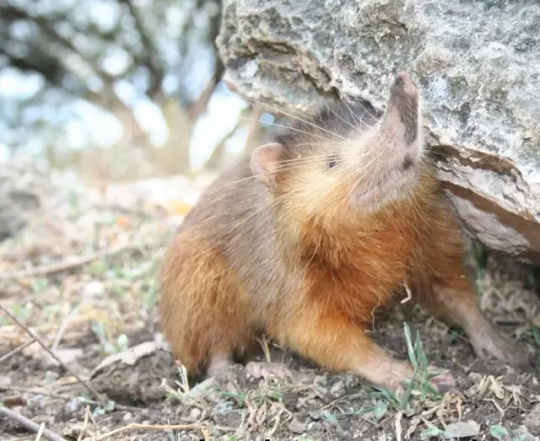
A very rare, nocturnal, shrew-like creature that is one of the few mammals able to produce venom. Look at him! Look at his snout! He's just a little guy! He will bite you and run away on his back legs! He's rare, and endangered, but not gone! Not gone yet, bitches!
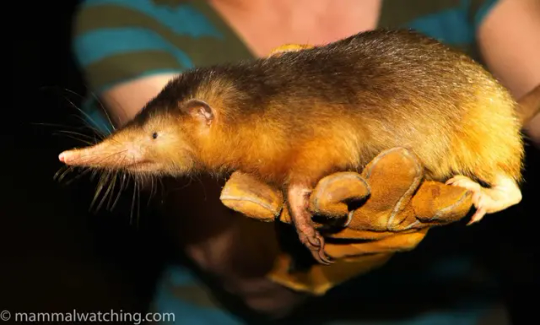
(Bonus: 10 Fun Facts About the Solenodon)
Today’s Bizarre Mystery (no, seriously, wtf?):
The Great Unconformity.
Hey, remember the Grand Canyon? Remember how we can see the passage of time through each layer, going back hundreds of thousands of years?
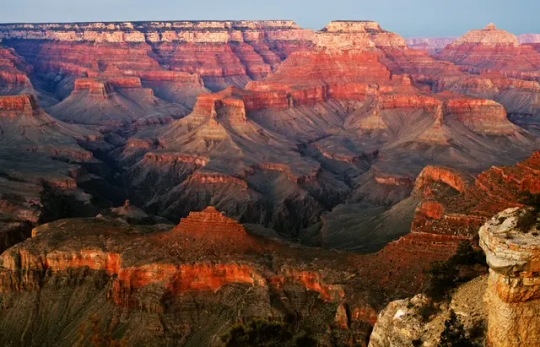
Did you know that apparently, on this massive record of earth's geological history, there's a chunk of time missing? Science has some hypotheses about how and why this happens (and yes, it's been found in more than one place), but they are really only hypotheses, and no one's really sure what happened to, oh, 1.6 billion years, give or take.
Today’s Act of Humanity (yes, we are worth the effort):
After fleeing a war, Ukrainians rush to help Mississippi tornado victims.

"They made the 16-hour drive south to donate bottled water and volunteer with aid workers, buoyed by the idea that they could help a community facing a similar struggle to theirs.
“We had to leave our home,” Pavliuk told The Washington Post in Ukrainian, in an interview interpreted by Hrebenyk. “And they don’t have a place to go back, either.”"
NEW CATEGORY:
Today's Good News About The Future (No, It's Not Too Late and Anyone Who Says Otherwise is Selling Something):

The Saiga Antelope, a species critical to the continued survival of huge swathes of grassland, that in 2003 was down to 6% of it's population and already extinct in it's natural habitat of China and Ukraine, has rebounded back to almost 2 million strong thanks to conservation efforts.

Previous | Next
#the world is amazing#planet earth#nature#good news#animals#danakil depression#Ouarzazate Solar Power Station#morocco#Hispaniolan Solenodon#little creature#saiga antelope#climate change#climate conservation#hope#ukraine immigrants#people are okay#mississippi tornado#look for the helpers#I'm so tired of being worried about the world#but it's not all bad
116 notes
·
View notes
Text
okookokok so they've found potential partners for RWBY V10 and we're gonna get positive news in a few weeks❤️💙💜💛
99 notes
·
View notes
Note
damn ittttt— IWANTEDTOKNOWWHATNICKYWASGOINGTOSAYTOHIM i hate missing the wip wednesdays..
4-24-24 WIP Wednesday (Closed) | Fluent Freshman (FD)
“Vanilla please and no rimming for me.” he answers and he watches her laugh a little but honestly a straight vanilla shake is great and he’s always felt that getting an encrusted rim on a drink you’re going to drink with a straw is kind of a silly gimmick.
“Ok, got it. I’ll be right back boys!” the waitress says and seems to power walk away.
They sit there awkwardly for a moment and Nicky is looking at Smith assessingly. “Yeah, let’s cut to the chase,” Nicky says and suddenly Smith’s stomach is in knots.
“What’s up?” he asks, managing to keep his voice even.
“Are you homophobic?” he asks fingers laced together and looks at Smith with narrowing eyes.
#Good news#I'm lenient on when Wednesday is <3#Fluent Freshman FD AU#Fluent Freshman AU#Palmetto State Foxes#AFTG#AFTG OC#AFTG AU#Andreil#Fluent Freshman FD - Chapter 1 - 06#4-24-24 WIP Wednesday#40
21 notes
·
View notes
Text
21 of 22 anti-LGBTQ+ bills dead in the Florida Legislature!!!
32K notes
·
View notes
Photo
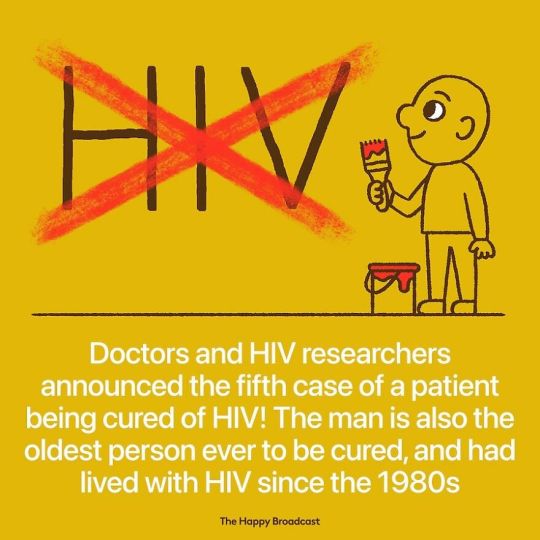





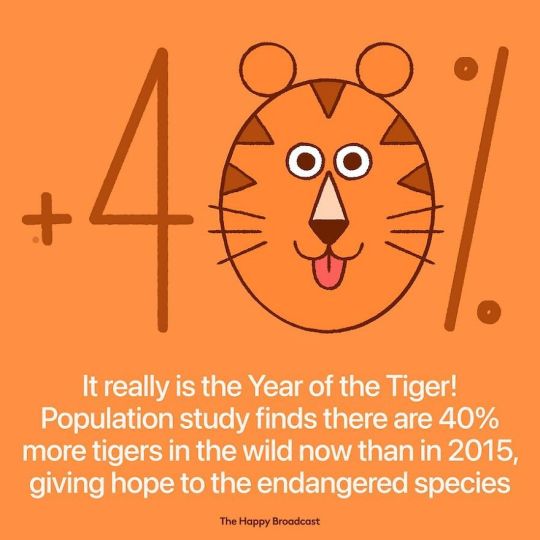



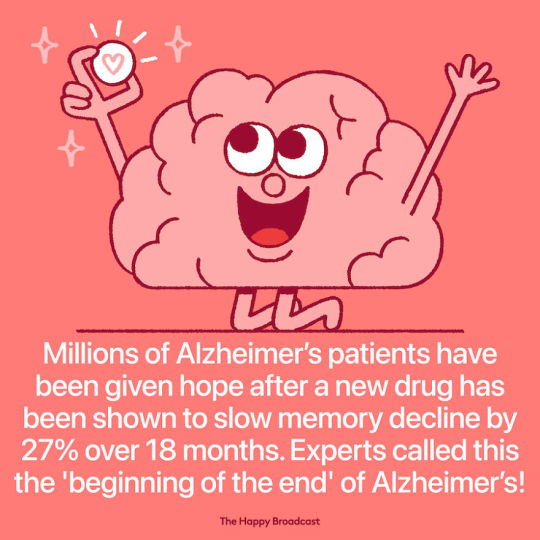





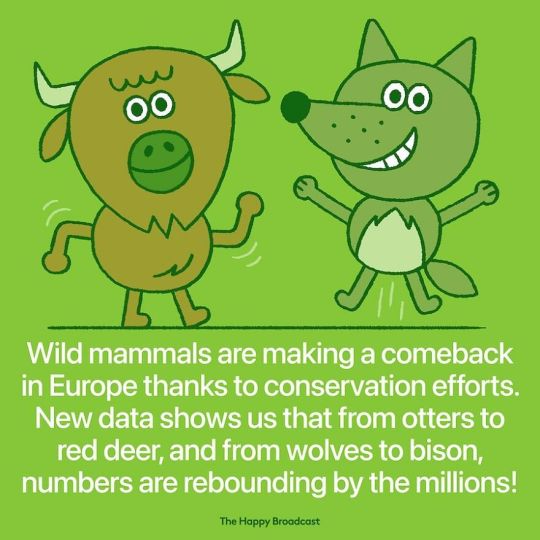


Tons more at the source!
159K notes
·
View notes
Text
Pair of Endangered Corpse Flowers Defy Odds to Bloom at Same Time–Now Bearing 700 Seeds https://www.goodnewsnetwork.org/pair-of-endangered-corpse-flowers-defy-odds-to-bloom-at-same-time-now-bearing-700-seeds/
34K notes
·
View notes
Text
As a reminder that good exists out there, a coworker recently confessed to me that he found out his child is questioning their identity (kid's gender redacted for this post). The kid is keeping it from him, so he can't say anything to them or show that he knows, but he's doing his best to get mentally prepared and educated so that he'll be ready whenever his kid does feel comfortable enough come to him.
For context, this guy is a big, bulky middle aged dude who loves sports and typical outdoor "manly" activities. As his coworker and friend, I know he's a kind and sweet teddy bear of a person, but his kid probably views him as a stern, authoritarian figure, the way most teenagers view their parents. His family lives in a conservative area, so I'm sure between that, their dad's looks and interests, and the fact that their dad is a Figure of Authority, the kid is worried that they won't be accepted.
But you know what? When he found out about his kid, the first thing he did was reach out to his closest queer friend and ask for resources for parents of questioning children. His biggest fears are that his kid will be bullied or discriminated against and won't feel comfortable enough to be themself. His second action was to find himself a mentor in another parent who went the same situation (kid coming out in a conservative town). The other person is preparing him for some of the struggles his kid may face and the fights he may need to take on as a parent to make sure his kid is safe and treated well.
Something I want to emphasize for people focused on language as the primary method of allyship is that when we spoke, he used some outdated terms and thoughts about gender and sexuality. That does not make him bad. These were the terms and thinking used about questioning teenagers when he was growing up and he never needed to learn more current ones. But now that he does have that need, he's throwing himself in head first because that's his kid and he's darn well going to make sure that his kid feels welcomed and has a safe place to be themselves even if they never come out to him.
#I'm so proud and happy for my coworker and I've been trying to figure out how to let him know how amazing I think he is#what gets me the most is that he's keeping this super down low to avoid giving any hints to his kid#he has a lot of queer friends so he already is known as an ally but there's always a chance it will be different if it's family#and he took that chance and crumpled it up into a ball and slam dunked it into the garbage for three points#and decided that even if his kid wants to hide it from him for the rest of his life he will still do what he can to make their life better#pflag#parents doing their best#parenting win#good news#allyship
34K notes
·
View notes
Text

Source

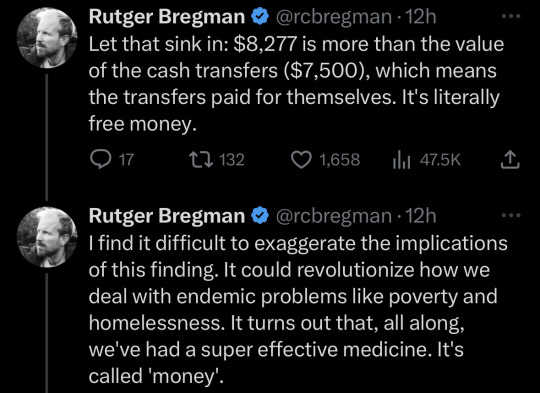
Source
#end homelessness#news#good news#science#social justice#homelessness#government#the left#social welfare#important#current events#politics
54K notes
·
View notes
Text
"In one of Africa’s last great wildernesses, a remarkable thing has happened—the scimitar-horned oryx, once declared extinct in the wild, is now classified only as endangered.
It’s the first time the International Union for the Conservation of Nature (IUCN), the world’s largest conservation organization, has ever moved a species on its Red List from ‘Extinct in the Wild’ to ‘Endangered.’
The recovery was down to the conservation work of zoos around the world, but also from game breeders in the Texas hill country, who kept the oryx alive while the governments of Abu Dhabi and Chad worked together on a reintroduction program.
Chad... ranks second-lowest on the UN Development Index. Nevertheless, it is within this North African country that can be found the Ouadi Rimé-Ouadi Achim Faunal Reserve, a piece of protected desert and savannah the size of Scotland—around 30,000 square miles, or 10 times the size of Yellowstone.
At a workshop in Chad’s capital of N’Djamena, in 2012, Environment Abu Dhabi, the government of Chad, the Sahara Conservation Fund, and the Zoological Society of London, all secured the support of local landowners and nomadic herders for the reintroduction of the scimitar-horned oryx to the reserve.
Environment Abu Dhabi started the project, assembling captive animals from zoos and private collections the world over to ensure genetic diversity. In March 2016, the first 21 animals from this “world herd” were released over time into a fenced-off part of the reserve where they could acclimatize. Ranging over 30 miles, one female gave birth—the first oryx born into its once-native habitat in over three decades.
In late January 2017, 14 more animals were flown to the reserve in Chad from Abu Dhabi.
In 2022, the rewilded species was officially assessed by the IUCN’s Red List, and determined them to be just ‘Endangered,’ and not ‘Critically Endangered,’ with a population of between 140 and 160 individuals that was increasing, not decreasing.
It’s a tremendous achievement of international scientific and governmental collaboration and a sign that zoological efforts to breed endangered and even extinct animals in captivity can truly work if suitable habitat remains for them to return to."
-via Good News Network, December 13, 2023
#chad#abu dhabi#north africa#rewilding#endangered species#conservation#zoology#conservation biology#oryx#good news#hope#texas#big game#animals#endangered#environmentalism#environmental science#zoo#zoos#zoo animals
24K notes
·
View notes
Text
Things Biden and the Democrats did, this week.
The Consumer Financial Protection Bureau put forward a new regulation to limit bank overdraft fees. The CFPB pointed out that the average overdraft fee is $35 even though majority of overdrafts are under $26 and paid back with-in 3 days. The new regulation will push overdraft fees down to as little as $3 and not more than $14, saving the American public collectively 3.5 billion dollars a year.
The Environmental Protection Agency put forward a regulation to fine oil and gas companies for emitting methane. Methane is the second most abundant greenhouse gas, after CO2 and is responsible for 30% of the rise of global temperatures. This represents the first time the federal government has taxed a greenhouse gas. The EPA believes this rule will help reduce methane emissions by 80%
The Energy Department has awarded $104 million in grants to support clean energy projects at federal buildings, including solar panels at the Pentagon. The federal government is the biggest consumer of energy in the nation. The project is part Biden's goal of reducing the federal government's greenhouse gas emissions by 65% by 2030. The Energy Department estimates it'll save taxpayers $29 million in the first year alone and will have the same impact on emissions as taking over 23,000 gas powered cars off the road.
The Education Department has cancelled 5 billion more dollars of student loan debt. This will effect 74,000 more borrowers, this brings the total number of people who've had their student loan debt forgiven under Biden through different programs to 3.7 Million
U.S. Agency for International Development has launched a program to combat lead exposure in developing countries like South Africa and India. Lead kills 1.6 million people every year, more than malaria and AIDS put together.
Congressional Democrats have reached a deal with their Republican counter parts to revive the expanded the Child Tax Credit. The bill will benefit 16 million children in its first year and is expected to lift 400,000 children out of poverty in its first year. The proposed deal also has a housing provision that could see 200,000 new affordable rental units
11K notes
·
View notes
Text
Good Trans News!!
Whenever a celebrity turns out to be transphobic they get a million hours of media coverage and spotlight. It’s easy to feel like every famous person hates trans people, and that’s just not true! We have tons of high profile allies!
Here is a quick list of some (but definitely not all) supportive celebrities! Please feel free to add to this list.
#good trans news#good news#trans#transgender#lgbt#pirateprincessjess#trans positivity#david tennant#dolly parton#charlize theron#spice girls#don cheadle#madona#trans rights
21K notes
·
View notes
